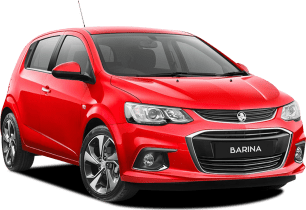The Tiggo 8’s cabin is enormous and has had various upgrades since the combustion car launched that make it both easier and less easy to use.
For example, the centre console redesign is more contemporary, offering pride of place to the wireless phone charging bay, offering two larger bottle holders off to one side. Some key driver functions appear on the right-hand side, including a drive mode selector dial and a handful of shortcuts for the most basic climate functions, like an auto AC button and front and rear defoggers.
This means the shifter has moved to the column on the right-hand side, with a multifunction stalk for the indicators and wipers on the left instead.
The armrest console box is an overcomplicated split opening design, but offers plenty of room inside. There are two large bottle holders and pockets in each front door, too, and there’s a large pass-through area underneath the bridge-style console which will be great for a handbag or something.
The seating position is quite adjustable, but you sit unusually high in the car, which makes it feel as though you’re peering down on the instruments.
As already mentioned, the full array of climate functions can only be controlled through the touchscreen, with no physical buttons outside of the handful on the centre console. Would it be so hard just to have a temperature and fan speed dial you don’t have to take your eyes off the road?
The software itself is typical of many Chinese cars at the moment. It looks good, but isn’t as functional or easy to use as you’d like. Some core functions are still buried in confusingly labelled sub-menus, particularly things like active safety features. It’s not the worst I’ve used (the Leapmotor C10 springs to mind), but it should be better given the massive screen is such a focal point of the cabin.
At least the Tiggo 8 doesn’t feel cheap in other areas, with generous soft-touch materials throughout the cabin. It might be fake leather and suede, but it does a good enough job of making the cabin feel plush and comfortable for longer journeys.
The second row is impressive. I had leagues of room in all dimensions behind my front seat position at 182cm tall. The generous amount of soft trims continue and the seat bases are comfortable enough, too. Storage comes in the form of seat-back pockets and large bottle holders in each door.
Maybe the most impressive feature is the third row. While I felt squashed into the rear row of the Mitsubishi Outlander, the Tiggo 8 offers just enough space for an adult to travel in some form of comfort. Access isn’t the easiest, but there’s so much space in the second row the the seat can slide forward to allow sufficient room for my legs. My head touches the roof, however.
There’s not much in the way of amenities back there, with a bottle holder and storage tray for third-row occupants, as well as a 12-volt outlet in the boot.
The boot itself seems large enough, although at the time of writing there was no official boot figure. For context, the combustion version offers 479 litres with the third row down, or 117 litres with it up, and this plug-in doesn’t seem significantly different to my eye.
Unfortunately though, the placement of the battery and DC inverter under the boot floor leaves no room for a spare. There’s only an inflator kit.






.png)